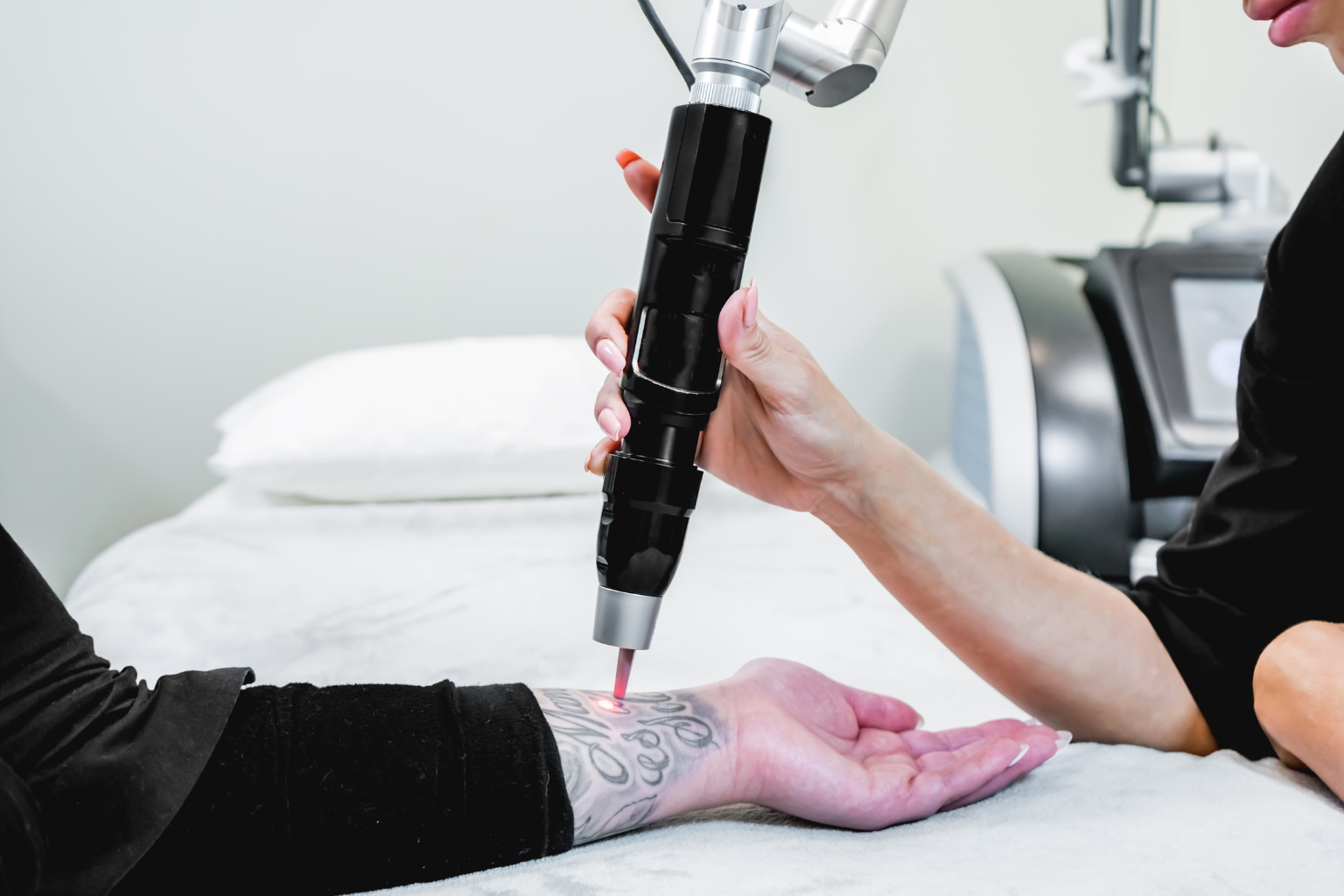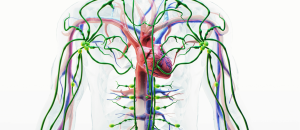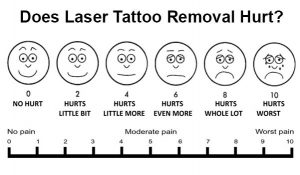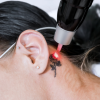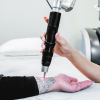Last Updated on July 24, 2025
The tattoo removal process begins with the laser, but real progress depends on how effectively the lymphatic system clears the fragmented ink.
The lymphatic system eliminates broken-down ink particles after laser tattoo removal. These particles do not disappear on their own. A congested lymphatic system slows this process. As a result, tattoo fading takes longer, swelling lasts longer, and the risk of scarring or infection increases.
Understanding and actively supporting your lymphatic system is key to safer, faster, and more successful tattoo removal.
What Is the Lymphatic System and What Does It Do?
The lymphatic system consists of a network of vessels, lymph nodes, and organs that work together to transport a fluid called lymph throughout the body. This fluid carries waste products, toxins, and unwanted materials away from tissues and back into the bloodstream for elimination.
One of the lymphatic system’s key roles is detoxification. As the body breaks down substances like tattoo ink, the lymphatic system helps collect and transport these tiny particles so they can be flushed out naturally. Tattoo removal results depend on how well the body processes and eliminates fragmented ink.
Ways to Support Your Lymphatic System During Tattoo Removal, According to Experts
Dr. Niamh Corduff, a plastic surgeon from Geelong, Australia, emphasizes the importance of a clean diet. She notes that while no specific food or supplement can “flush out ink,” the lymphatic system works best when your overall health is supported.
Dr. David Hansen, a board-certified dermatologist from Beverly Hills, adds that foods rich in antioxidants and anti-inflammatory properties, such as leafy greens, berries, garlic, and turmeric, can support your body’s healing response. These foods don’t directly remove ink, but they help reduce oxidative stress and inflammation.
Though some patients inquire about supplements, the consensus among these professionals is to approach them cautiously. Supplements like vitamin C, zinc, and bromelain may support tissue repair and immune response, but they should only be taken under the guidance of a healthcare provider.
Supporting your lymphatic system during tattoo removal is about creating the right environment for healing. When combined with technologies like Cold Laser Therapy, these simple actions can lead to smoother, faster fading results.
How We Integrate Lymphatic Support at Renude Laser
At Renude Laser, we understand that effective tattoo removal doesn’t stop when the laser turns off. What happens in the hours and days that follow is just as important. As part of your tattoo removal post-care, the team at Renude Laser will provide the following support:
- Application of blue light Low Level Laser Therapy (LLLT) to reduce the risk of infection.
- Application of a healing gel and a loose dressing to protect the area.
- Receive a take-home care package with lymph-supporting products
We advise a quick red light LLLT three days post-treatment, followed by another session with added lymphatic support after one week.
Post-Tattoo Removal Care After Your LLLT Session
| Timing | Care Instructions |
| Immediately After Treatment | Antibacterial blue light LLLT to reduce infection risk
Healing gel applied Area covered with a loose dressing |
| Take-Home Care Pack | Includes lymph-clearing products
Health and recovery tips to speed up ink clearance |
| 3 Days After Treatment | Quick red light LLLT session to support faster skin healing |
| 7 Days After Treatment | Red light + lymphatic LLLT to help remove pigment and promote deeper healing |
Sydney’s Trusted Clinic for Safe, Supportive Tattoo Removal
Begin your tattoo removal journey with a clinic that prioritizes both precision and recovery. At Renude Laser Tattoo Removal Clinic in Sydney, we go beyond the laser by providing comprehensive support throughout your treatment.
Rely on experts who treat tattoo removal as a process that requires experience, care, and clear communication.
Frequently Asked Questions
Does tattoo removal hurt?
Laser tattoo removal may cause some discomfort, often described as a rubber band snapping against the skin.
Does tattoo removal leave scars?
When performed correctly with modern equipment like the Discovery Pico Plus laser used at Renude Laser, tattoo removal is unlikely to cause scarring.
How many sessions for a tattoo removal?
The number of sessions depends on factors like tattoo size, ink colour, depth, and skin type. Most tattoos require between 6 to 10 sessions.

